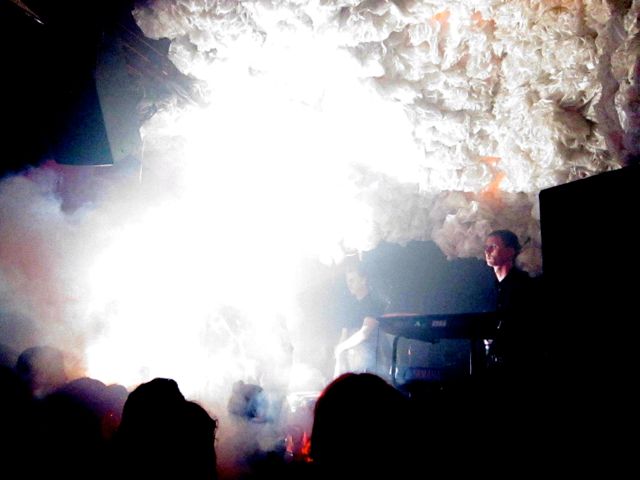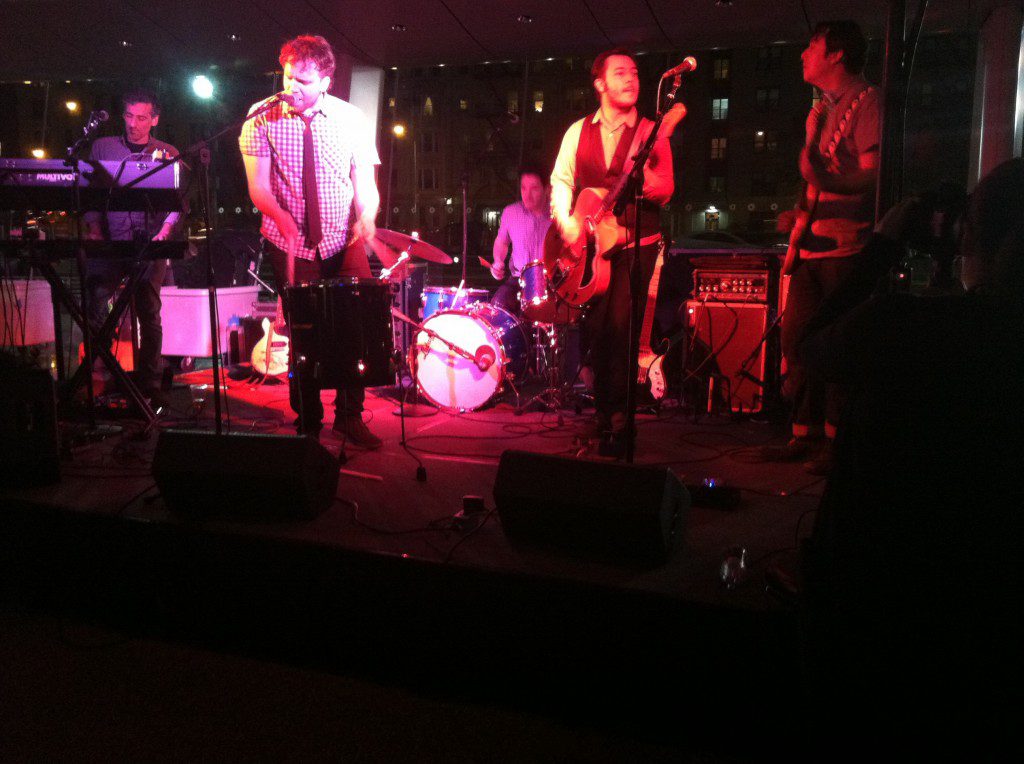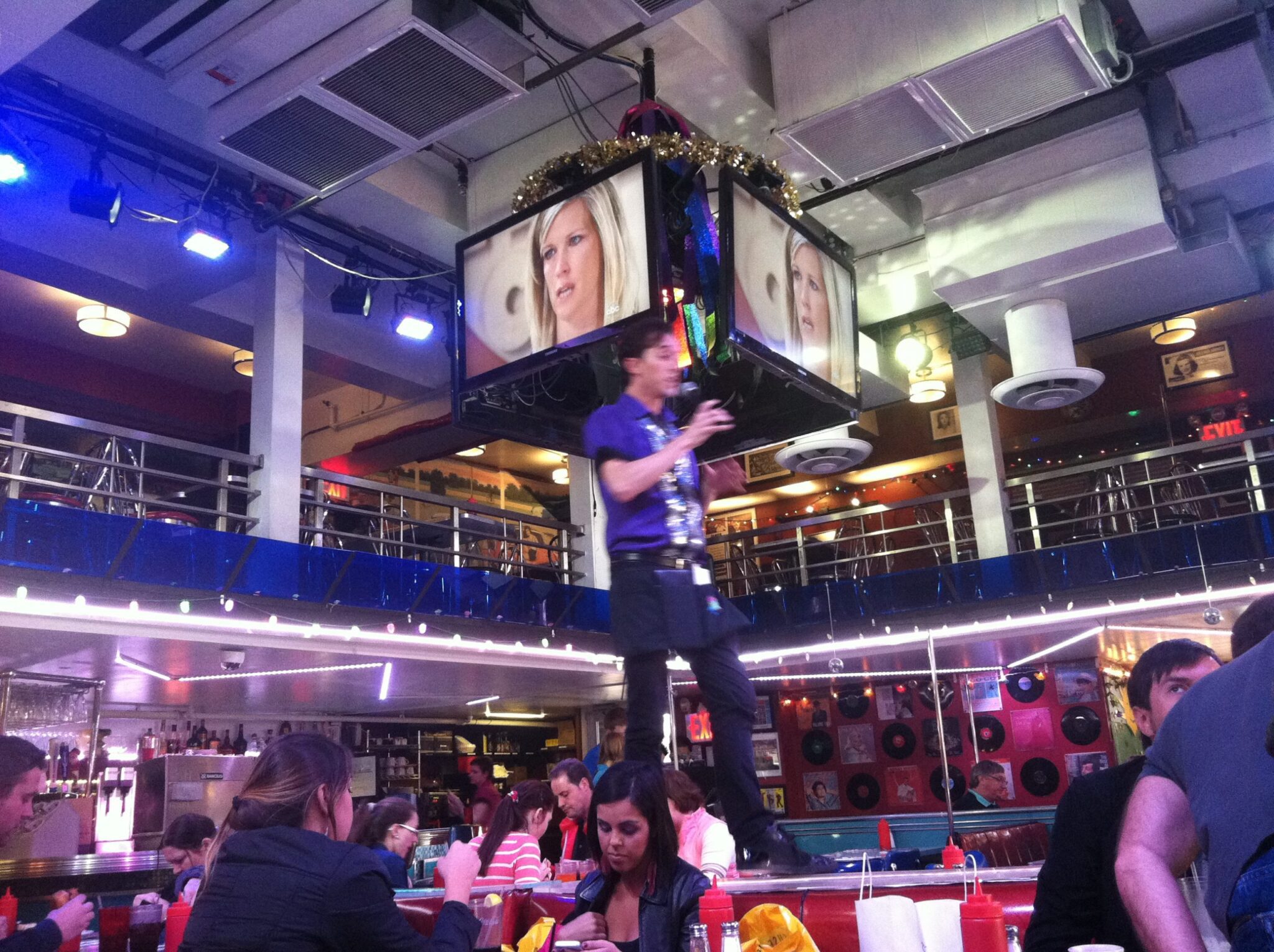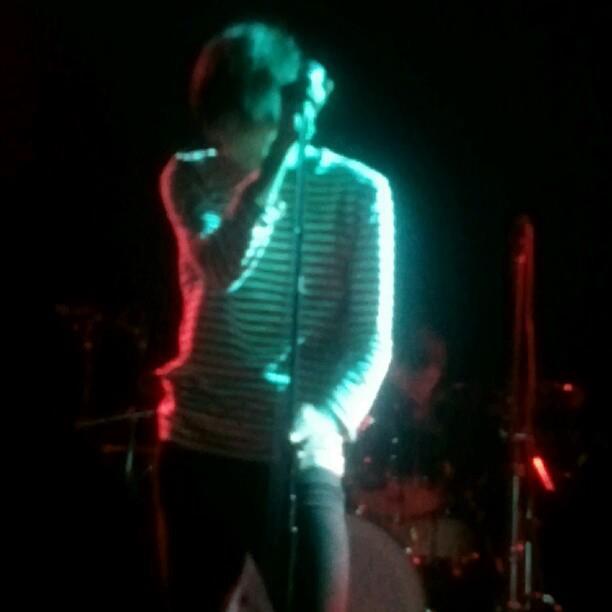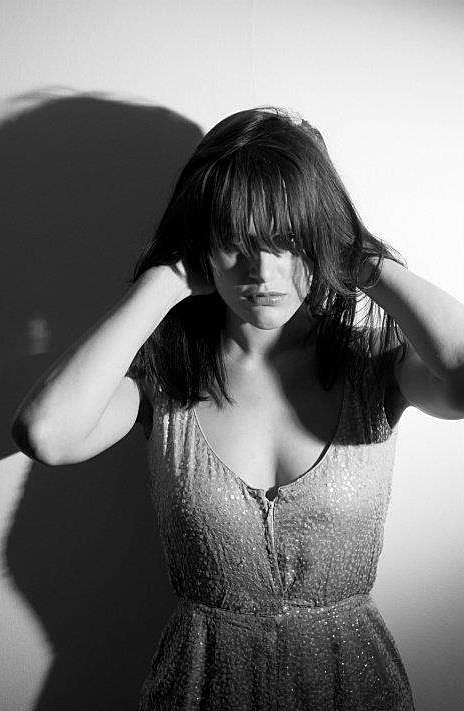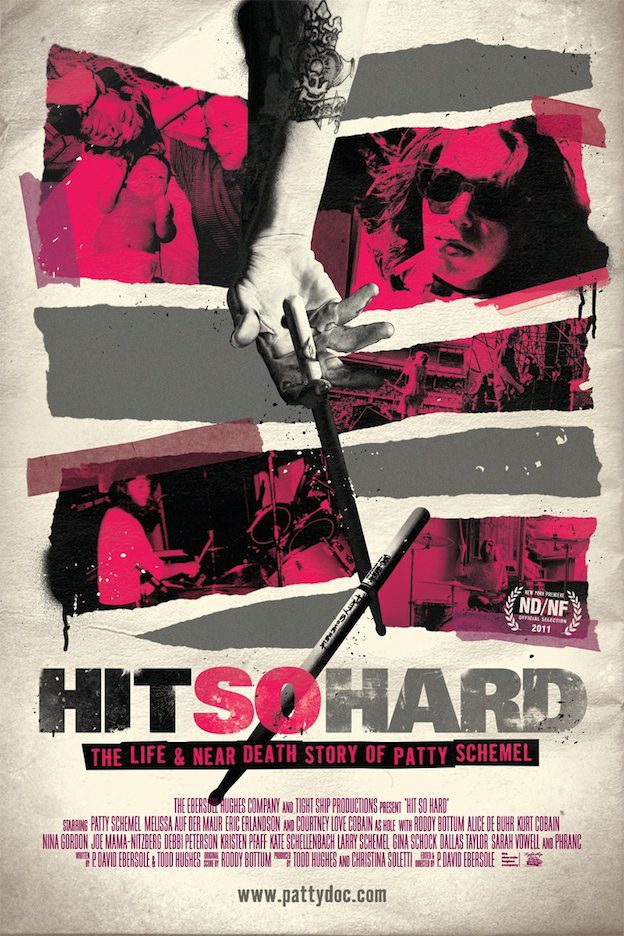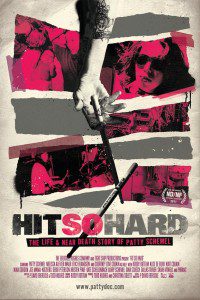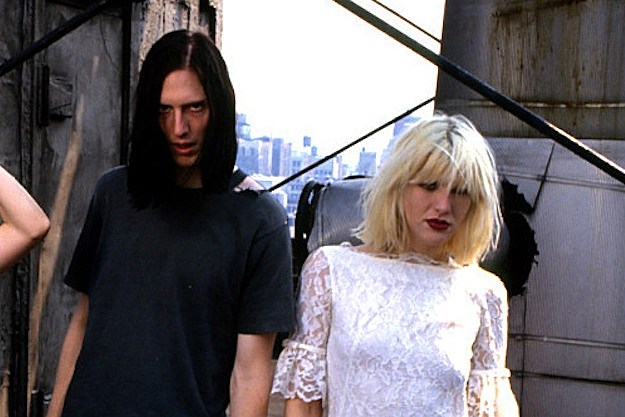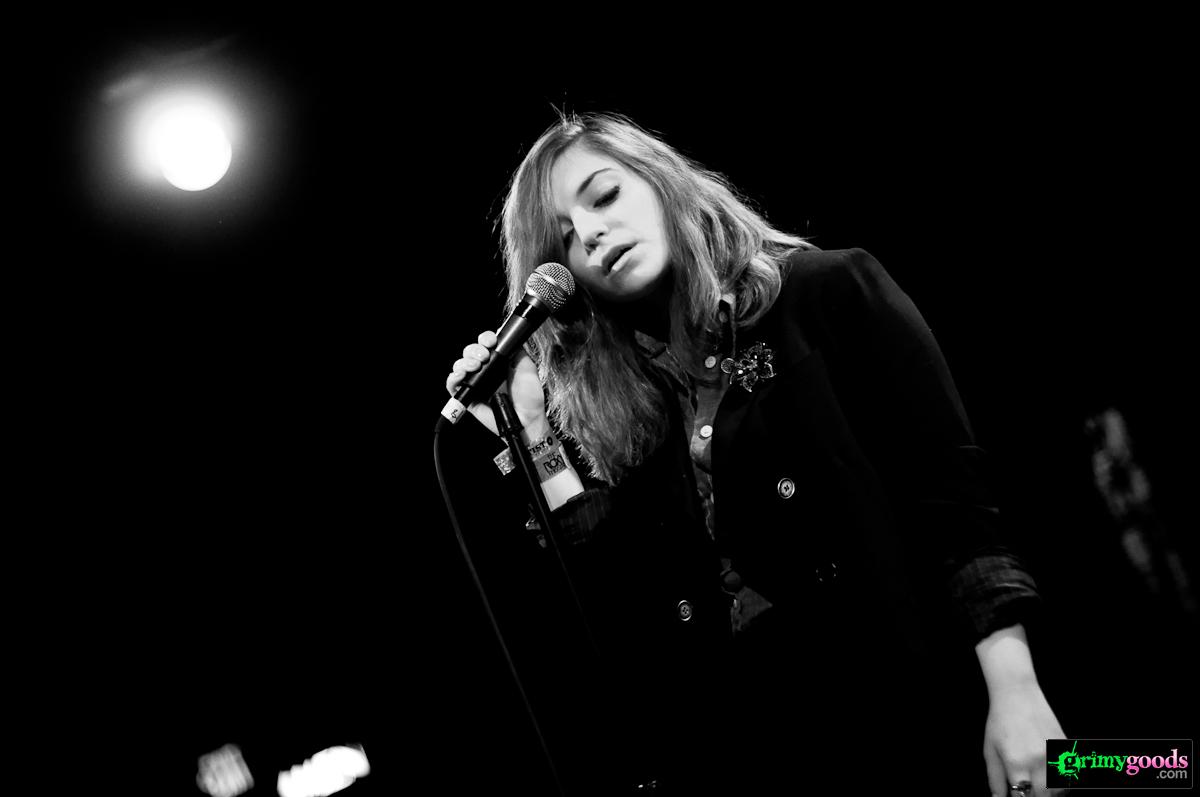For some, the question doesn’t invoke a desperate clamor or sheepish backstory; the answer is permanent and enduring and needs no defense whatsoever. For others, such as myself, it can be a bit more tricky. It’s not that I’d deny my sonic proclivities, but my musical obsessions have been known to shift from one moment to the next. That doesn’t necessarily make my love for any of these acts less deep, but I do end up with a quite a long list of sometimes obscure material that sort of leaves the original query unanswered.
Throughout most of my life, I’ve sort of maintained a Top Three essential acts that I feel provide a definite framework from which most of my musical interests can be gleaned; with these, I try not to mention anything too obscure or recent so as not to alienate anyone or pigeonhole myself. Typically, one or two of these might rotate, but for the last several years my go-tos have included Caribou and Animal Collective, which I don’t think are really much of a stretch in terms of their similarities to one another, and pretty representative of the sort of genres I tend to explore nowadays.
And then there’s my longtime, all time, most favorite band ever, which isn’t like either of the others. As my interests in music have evolved, there’s one constant which so completely informs so many aspects of my personality and my past that it will never be ousted by any other act, no matter how experimental, challenging, or prolific they seem at the time. That band is Hole.
Now, I am fully aware that Hole’s early and mid-nineties contemporaries offered far more in terms of innovation and contribution to the history of what was to become alternative rock, a genre that I hold responsible for my eventual introduction into independent music. But I look to their presence in that movement as a whole to act as a sort of stand-in for so much of what was important to me at that time. They existed at the confluence of grunge and riotgrrl, two forces that offered me a precise blueprint for the way I would form my opinions, express my emotions, and live my life from that time forward; the center of the wheel from which all spokes of my being would radiate. If you think I’m exaggerating, I assure you, I am not. Even my aesthetics as a young artistic hopeful were indelibly shaped by what these bands, and Hole in particular, offered to the world at large.
She warned me it would be this way; I remember the specific moment I heard Courtney’s gravelly premonition: “Someday you will ache like I ache.” I saw her black-and-white heartbreak over the loss of husband and rock idol Kurt Cobain, writhing in crumpled bedsheets each time MTV aired the video that accompanied “Dollparts”. My bad skin thankfully wouldn’t last for the rest of my life, but it ensured I’d never be the prom queen on the cover of Live Through This, an album so blistering and beautiful it felt like the truest thing in my life.
I felt a kinship to Courtney Love, an ugly-ish girl obsessed with vanity and needing to be heard, to be appreciated, to be loved, and able to see the loveliness lurking in hidden, sometimes unattractive places. I watched her trashy glamour transform into Celebrity Skin, a glittering piece of pop-rock perfection with just a bit of a bitter underside. It arrived in an era where girls my age were pimped for Total Request Live, their bare bellies and pouty lips so far from anything I was interested in being or seeing, their horrible songs the last thing I wanted to hear. Instead I pumped “Awful” with a knowing smirk, in on the joke even if no one else laughed with me. Courtney’s impeccable aestheticism in film, music, literature and fashion felt specifically curated for me alone, and it was with her recommendations that I explored cultural boundaries not typically tested by other girls my age.
But I don’t often go into these lurid details when someone asks about my favorite band, for it seems too detailed an explanation. If I align myself with what Courtney once was, I feel I have to amend it these days; she’s become a sad, drug-addled train wreck incapable of her former brilliance as a lyricist, performer, or songwriter, her tastes questionable though at one time I saw her stamp of approval as essential. And I’ve grown out of the need for an idol, especially when that idol has grown into a joke.
One of my biggest regrets is never getting to see the band perform live, never standing before Courtney with her leg propped on the monitors, her skirt hiked up and her guitar swinging brazenly. Her solo releases were kind of pathetic, and last year when she revived the Hole moniker as a desperate means of selling records and concert tickets I only briefly contemplated buying in. It would simply not be the same without Eric Erlandson’s prolific guitar or Patty Schemel’s thunderous drumming, and though she wasn’t an original member, Melissa Auf der Maur’s angelic backup a deft bass seemed essential to the equation as well.
On the eighteenth anniversary of Kurt Cobain’s death, I realized how truly essential these people were. Though I’ve made a pact with myself never to patronize evil bookselling empire Barnes & Noble, I had to make an exception that evening – Eric Erlandson was releasing his book of prose poems, Letters To Kurt, and would be joined in conversation with Melissa Auf der Mar. The discussion was warmly and expertly led by journalist Katherine Lanpher, and I was pleased as punch that Patty Schemel was also in attendance. Through the course of the evening, Erlandson fielded questions pertaining to his writing methods, the hardships he had been through both during his time in Hole and the period after they’d disbanded, and even touched on the state of American economics, politics, and music. The conversation was punctuated by both musical performances from Melissa and Eric as a duet, and readings from Letters to Kurt.
Eric opened with a shimmering banjo solo, joking that Hole had been known for their use of “traditional” instruments; his picking became more urgent and darkly tinged as Melissa introduced and began singing “My Foggy Notion”, a track from her first solo album, Auf der Mar. For later numbers, they would cover Jacques Brel’s “Le Moribund” (better known as “Seasons In The Sun”) and close with The Smiths’ “Paint A Vulgar Picture”, songs chosen for references that had been casually inserted into Eric’s writing but also for the relevancy to the somber anniversary at hand. When Patty Schemel joined the group on stage, the three of them shared memories of the impact of Kurt’s death, and Patty related a beautiful story about the first anniversary of his passing, in which Hole was on tour in Europe. A Parisian youth was waving a fanzine around desperately trying to get the band to read Kurt’s interview within, and Melissa had to translate it from French. It turned out to be a blurb about how much Kurt had loved Hole, foundLive Through This to be a brilliant record, and thought Patty to be an exceptional drummer.

That’s the thing that made the evening (and the work presented) less salacious and more authentic than one might expect – it seems impossible, almost unreal, but these people were there, as an integral part, of music history in its making. They had a hand in writing some of the most dramatic, chaotic and prolific chapters in the story of rock music. But until now, their voices had been drowned out by the loudest, proudest widow of the bunch, who wore her pain on the sleeves of her babydoll dress. Almost two decades later, Erlandson has presented a body of prose work that attempts to approach and possibly relieve the pain that surrounded him and his band, and reproach the mistakes made not only by his muse, but those made by himself as well.
Which brings us to the “letters” contained in Erlandson’s book. They are seething & surreal, hallucinatory free-associations densely packed with metaphor and memory, lifting references from pop culture and self-help manifestos, as incantatory as spells that threaten to rouse old ghosts. He delivered these pieces with a sarcastic snarl, but in reading each short chapter it’s apparent that anger is not the only emotion he is attempting to excise and examine – there is suffering, empathy, sadness, love, wonder, admiration, envy, bitterness – each present in varying hues to different degrees. They feel like relics from another era, and it’s true that not everyone will grasp each inside joke or obscure reference, but that is hardly the point.
Erlandson was handed, by his own admission, two things by Courtney – one that would kill him and one that would save him. The latter refers to his own dark experimentations with drugs, and the former to the Buddhist path he has followed since becoming clean and staying sober. More than anything, Letters To Kurtpresents us with a portrait not of the titular muse but of Erlandson himself and the journey he has been on in the aftermath of rock stardom. The book is evidence of whatever peace he has reluctantly reached, snapshots taken from the path he is still on as a means of coming to terms with the past and meeting the future head-on. He’s finally stepped into the spotlight, however reluctantly, and raised his voice, and the results are captivating.
Like Erlandson, Auf der Mar and Schemel have moved on from Hole but have respects to pay to this period of their lives; Schemel documentary Hit So Hardopens in New York on April 13th, comprised mostly of material shot while touring in the mid-late nineties, and Auf der Mar has recorded a new solo record and is heavily involved in the renovation and reopening of arts and performance space Basilica Hudson in Hudson, NY.
For all the time I spent idolizing Courtney Love, attempting to justify her antics to her detractors and to myself, emulating her bravado and feeling her pain as though it were my own, I realized on this night that so much of what really and truly resonated with me was not her histrionics, but the music itself. That truth had been obscured by her blazing star, and only now, long after that comet trail has faded into oblivion, I was able to see the earnest and authentic people responsible for the true magic which still captivates me to this day. While the front-woman who led them to fame and ultimately destroyed the band was trying to be larger than life, there were always three other band members with their feet on the ground, diligently playing with skill and grace, waiting for a time when their own brilliance would become apparent. I can no longer deny their place in my own journey, but I can thank them for shaping me, and I can share in the pride of their survivals and successes.
You can download my full recording of the conversation
HERE.


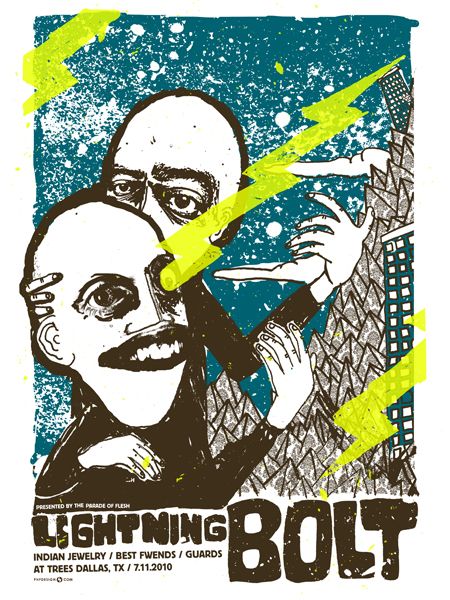
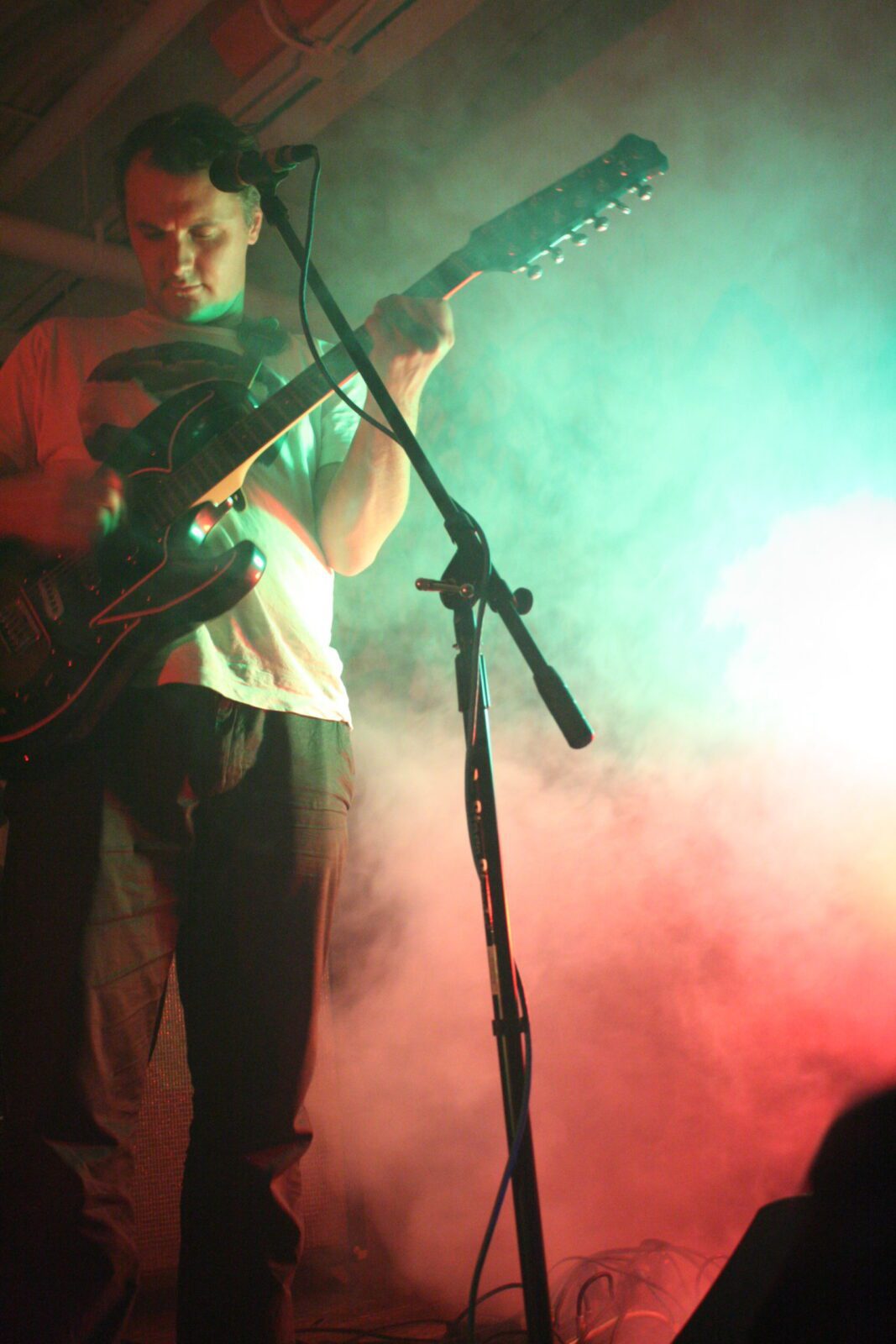
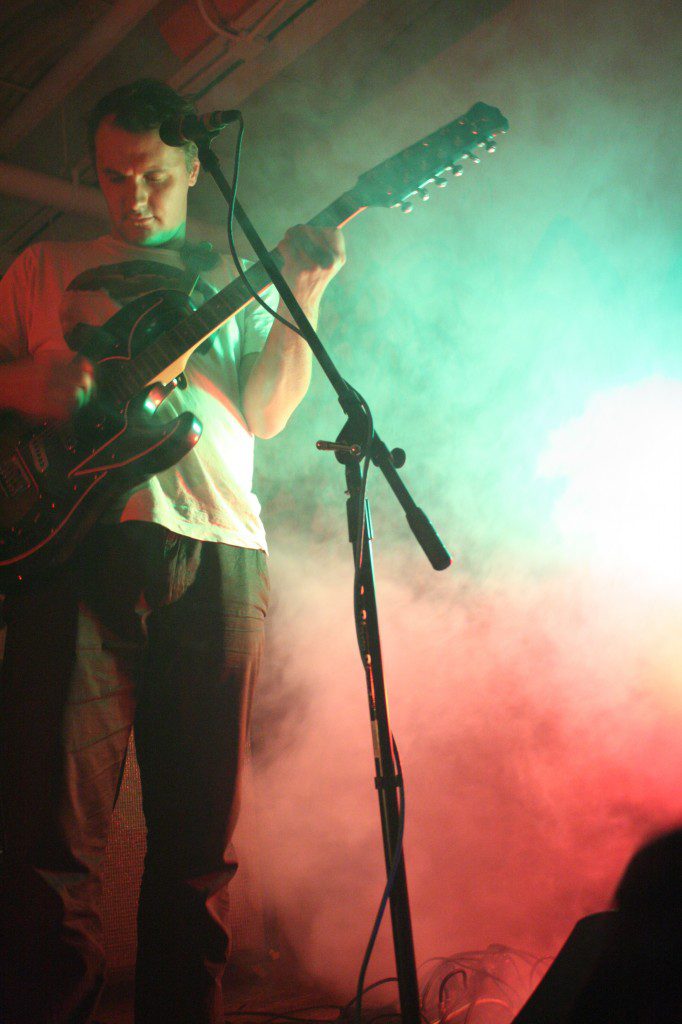
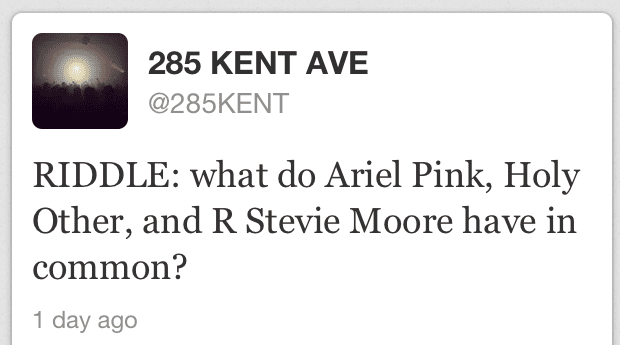
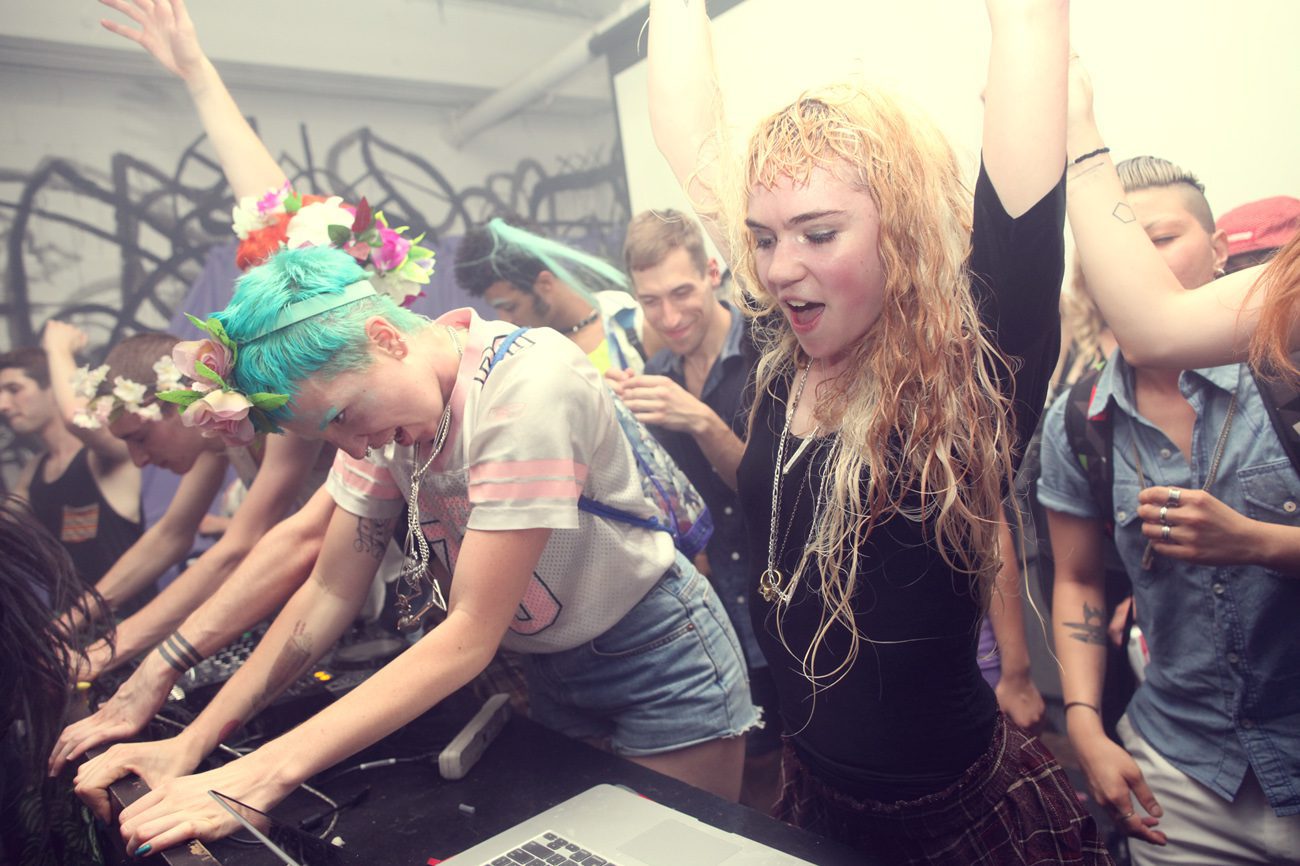
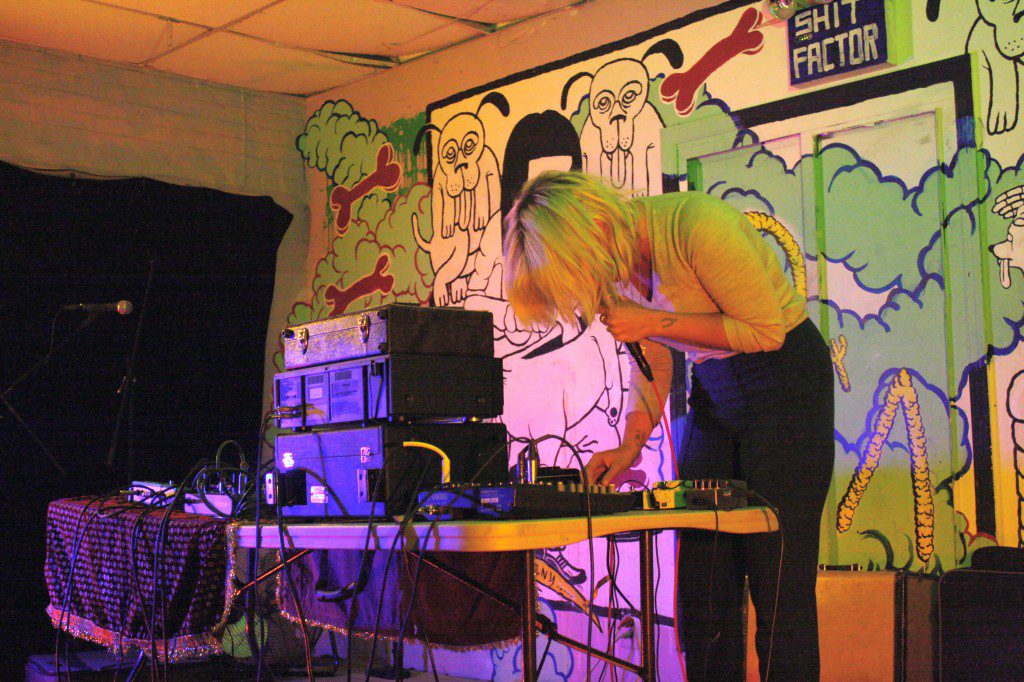
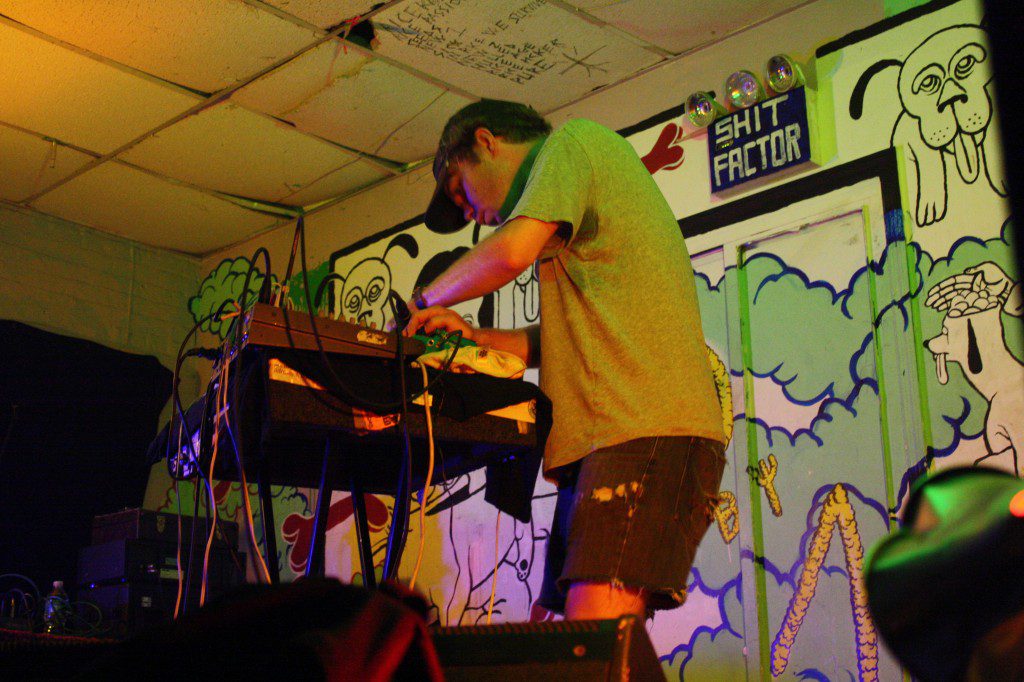
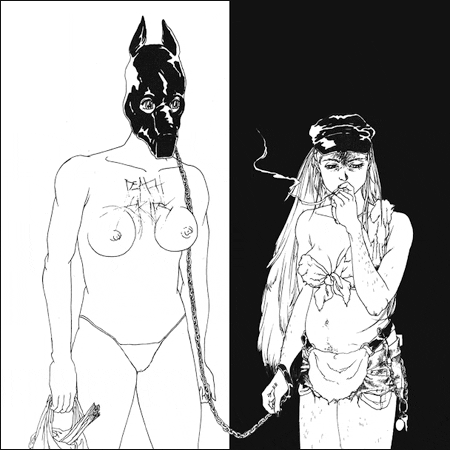
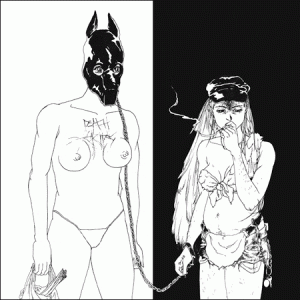
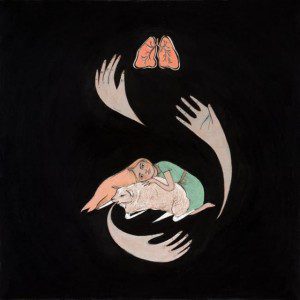
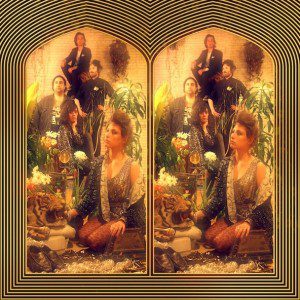

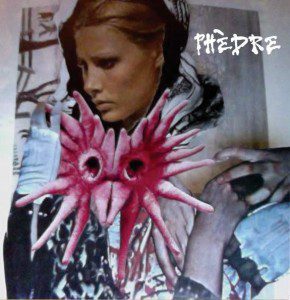

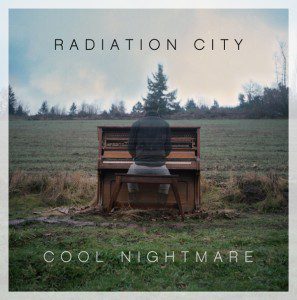
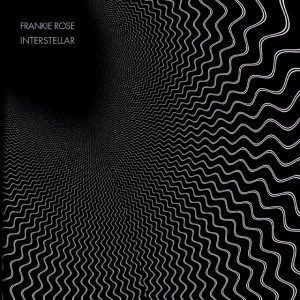
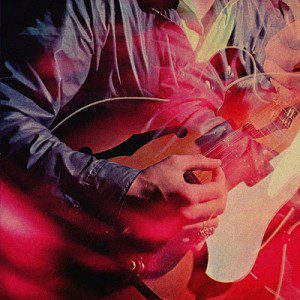


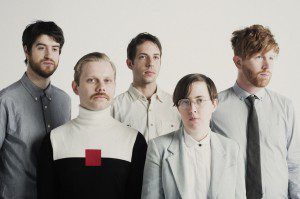
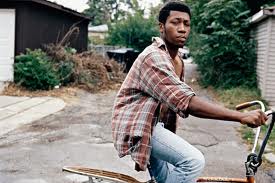

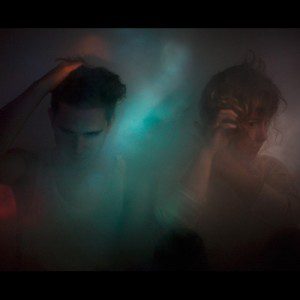
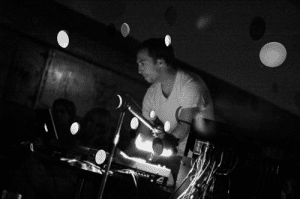

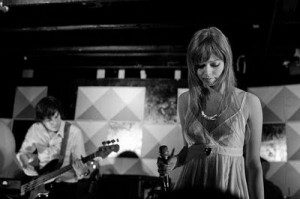
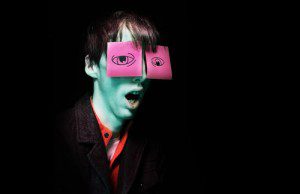
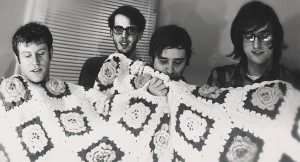



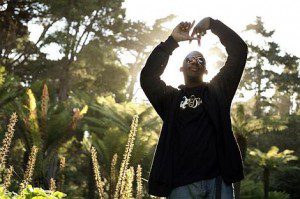



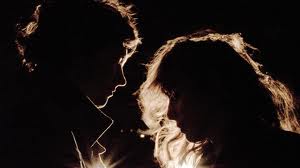

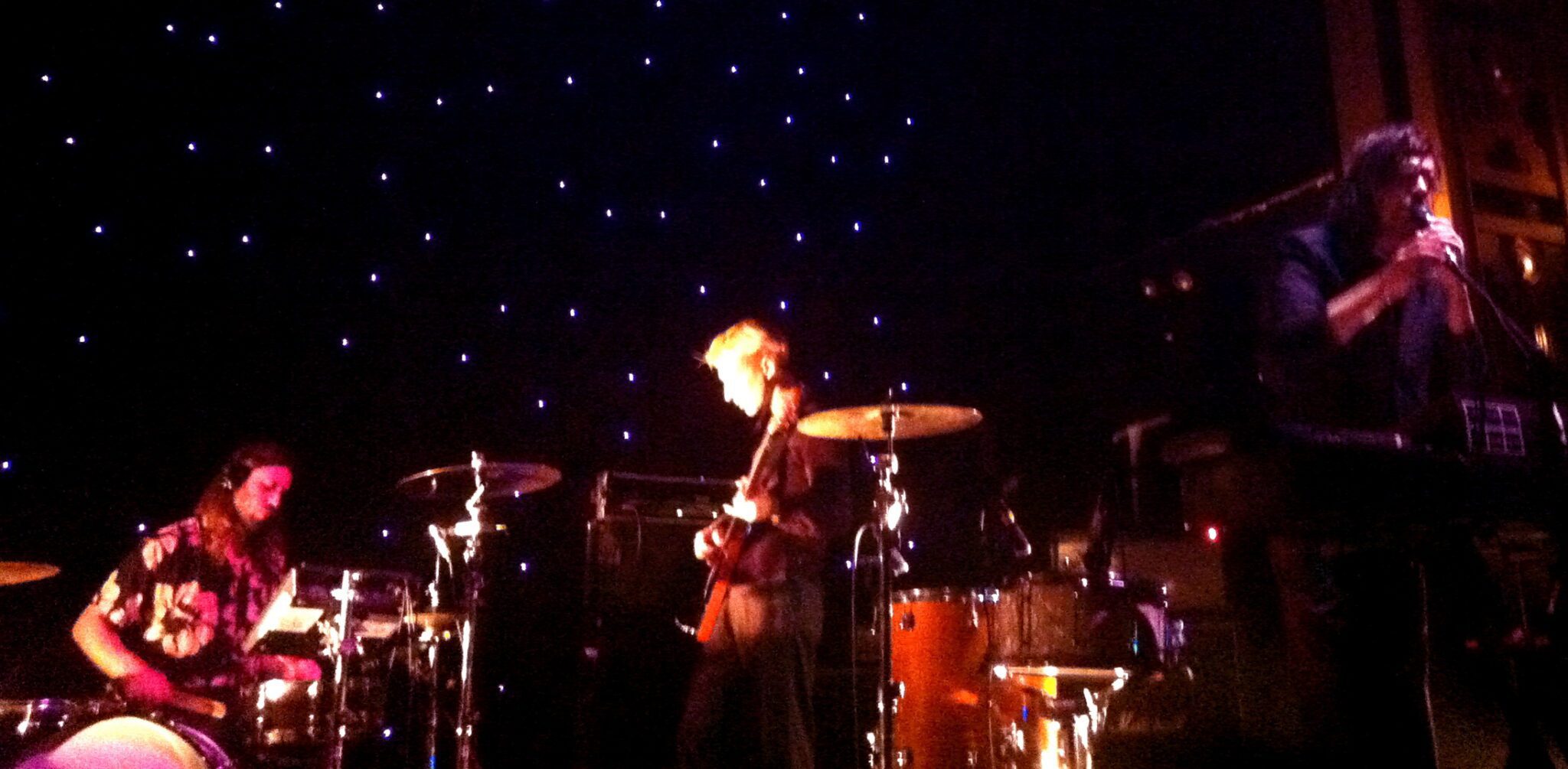

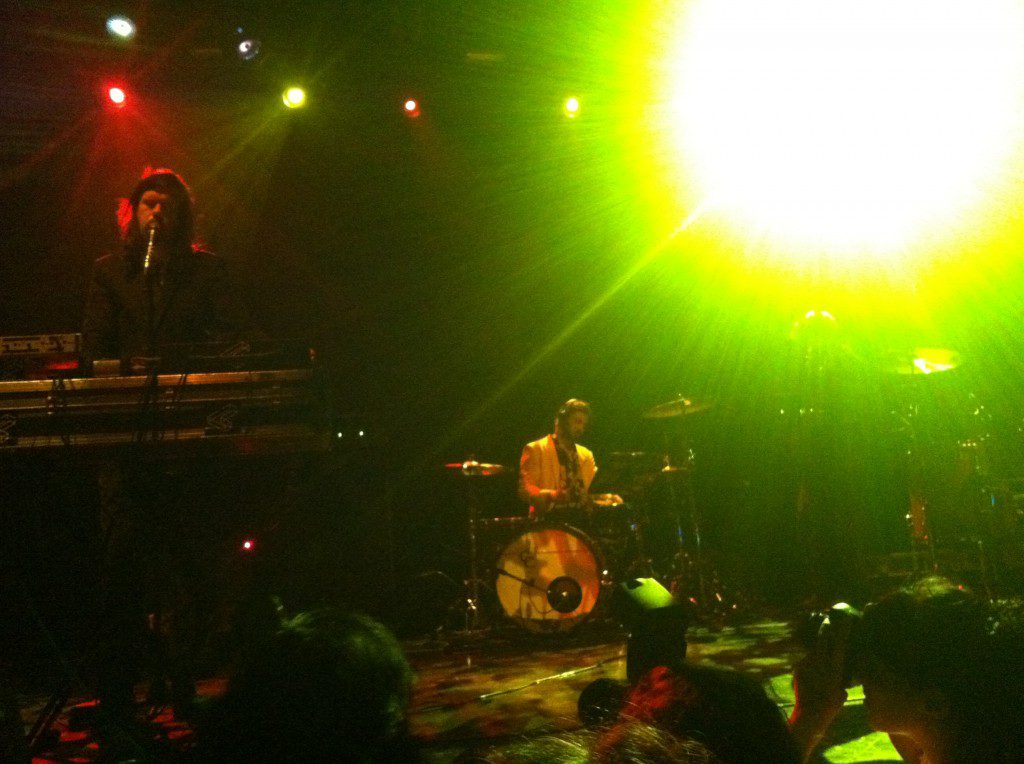
 If anyone was worried that the more subtle tones of the new record would inform this latest tour, that worry was shattered not only by the sheer volume radiating from the stage, but also by the energy exhibited in particular by Angus Andrews. He’s every bit the cult leader, his limbs raised fantastically above his stringy locks, never removing his black jacket despite the unrelenting heat, said jacket looking almost too small on his menacing, gangly frame. One moment he would shudder violently, the next bouncing or twirling like a mental patient gone off his meds.
If anyone was worried that the more subtle tones of the new record would inform this latest tour, that worry was shattered not only by the sheer volume radiating from the stage, but also by the energy exhibited in particular by Angus Andrews. He’s every bit the cult leader, his limbs raised fantastically above his stringy locks, never removing his black jacket despite the unrelenting heat, said jacket looking almost too small on his menacing, gangly frame. One moment he would shudder violently, the next bouncing or twirling like a mental patient gone off his meds.